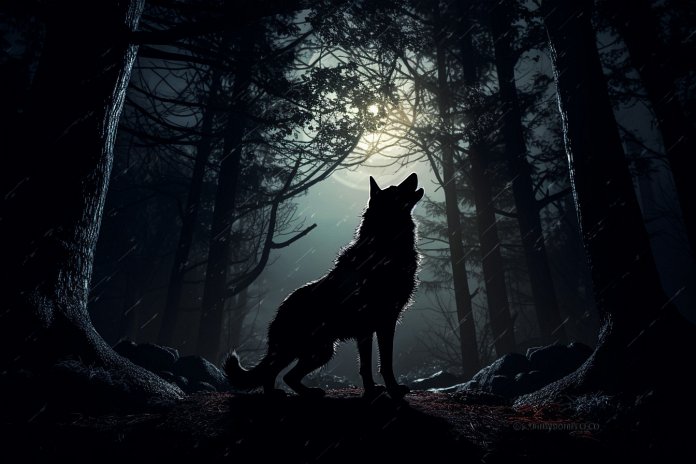
You may have heard that dogs are colorblind, but that’s not entirely true. Dogs actually see pretty well in the dark, even better than humans. This is due to the differences in the anatomy of their eyes compared to humans. Let’s explore how and why dogs can see in the dark.
Signs Dogs Can See in the Dark:
There are several signs that indicate dogs can see in the dark. They are able to navigate through a dark room without running into things, and can even find treats and toys. Additionally, their body language remains the same in the dark as it does in the light. If your dog frequently barks at squirrels or dogs during the day, they are likely to do the same at night, indicating their ability to see in the dark.
Body Language:
Dogs exhibit the same body language cues when they see something in the dark as they do in the light. This includes staring, alertness, barking, wagging their tail, and running.
Other Signs:
Other signs that your dog can see in the dark include being able to chase things at night, finding objects with ease, and avoiding furniture in dark rooms.
History of Dogs Being Able to See in the Dark:
In the wild, dogs had predators to watch out for, so their ability to see in the dark was crucial for survival. They also needed to navigate in their dens without harming their puppies. These factors contributed to the development of their night vision.
Science Behind Dogs Being Able to See in the Dark:
Dogs have larger pupils compared to humans, allowing more light to enter their retinas. They also have a higher number of light-sensitive cells called rods, which help them see in low light conditions. Dogs also have a tapetum lucidum, a reflective layer in their eyes, which gives them a second chance to process light and enhances their night vision.
Dealing With Your Dog Being Able to See in the Dark:
While dogs have better night vision than humans, they still have limitations. Dogs are nearsighted and can only see certain colors. Therefore, it’s important to use glow-in-the-dark toys to help them find objects at night. When letting your dog outside at night, take precautions such as using a leash or keeping them in an enclosed backyard. Consider using glow leashes and collars to make your dog more visible to drivers and other walkers.
Dogs have better night vision than humans due to their larger pupils and the presence of the tapetum lucidum, allowing them to see in the dark.

Tips & Things to Know
1️⃣ Dogs have better night vision than humans: Contrary to popular belief, dogs are not colorblind and can see in the dark. In fact, dogs can see five times better than humans in low light conditions.
2️⃣ Look for body language cues: If your dog can navigate through a dark room without running into things and can find toys or treats, it’s a clear sign that they can see in the dark. Additionally, if your dog exhibits the same behavior and body language at night as they do during the day, it indicates that their eyes work well in both situations.
3️⃣ Dogs have limitations in their vision: While dogs have better night vision, they are nearsighted and can only see certain colors. They have difficulty seeing shades of green and red and are limited to seeing yellows and blues. To help your dog see objects at night, consider using glow-in-the-dark toys and using glow leashes and collars to make them more visible to drivers and other walkers.
Frequently Asked Questions, Answered ✅
1. Can dogs see in the dark?
– Yes, dogs can see in the dark. They have better night vision than humans.
2. How well can dogs see in the dark compared to humans?
– Dogs can see five times better than humans in the dark.
3. What are some signs that indicate dogs can see in the dark?
– Dogs can navigate through the darkness without running into things, find treats and toys in the dark, and exhibit the same body language cues they do when they see something in the light.
4. Why do dogs need to be able to see in the dark?
– Dogs used to be wild animals and needed to be able to see in the dark to escape from predators and navigate in their dens.
5. What are the anatomical differences that allow dogs to see in the dark?
– Dogs have larger pupils and a higher number of light-sensitive cells called rods in their retinas. They also have a part of their eyes called the tapetum lucidum, which reflects light back into their retinas and gives them a second chance to process the light in the dark.